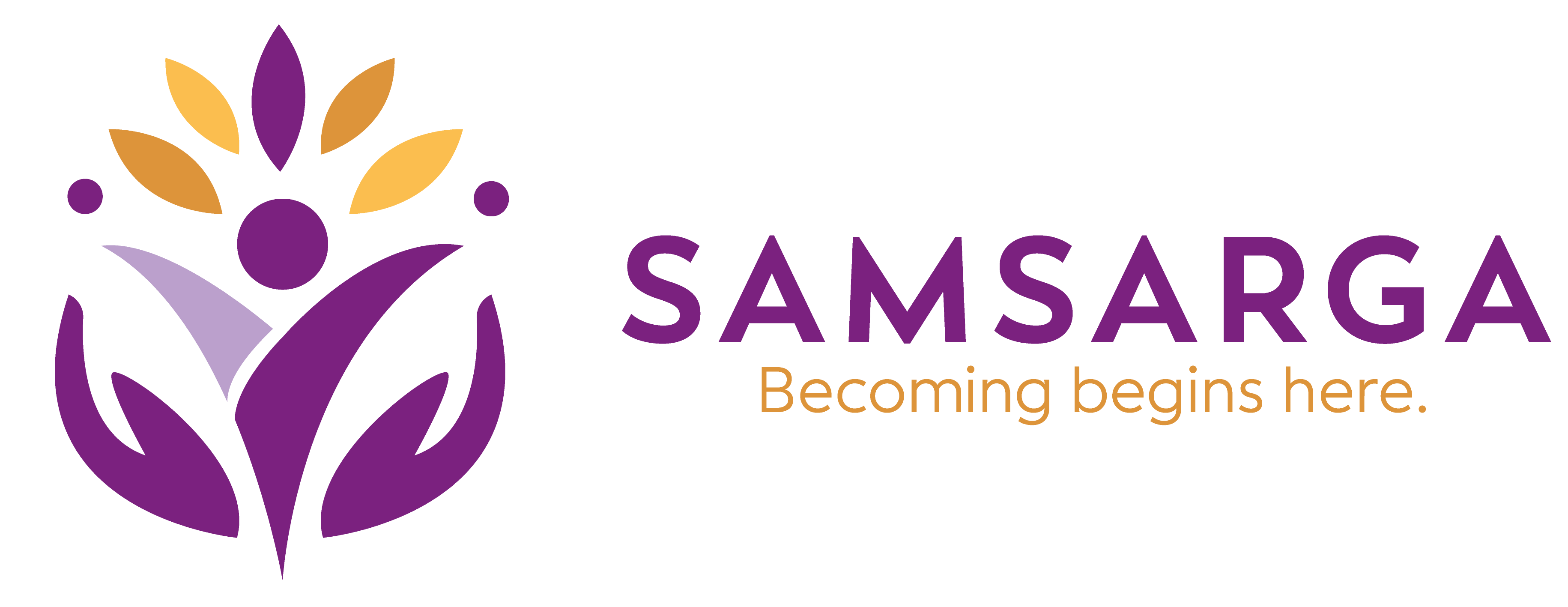Do You Feel Drained and Exhausted?
Discover emotional resilience, to restore your true self and achieve a peaceful and balanced life.
Amritha Kailas
Bhagavad Gita & Sanskrit Expert
Amritha’s free guide
“5 simple steps to overcome Self Doubt”

LISTEN TO Amritha’s TALK SHOW ON VOICE AMERICA
Audio Player
Watch Amritha’s Speaking Reel
Audiences describe Amritha’s talks as thought provoking, insightful, simple and soulful.

